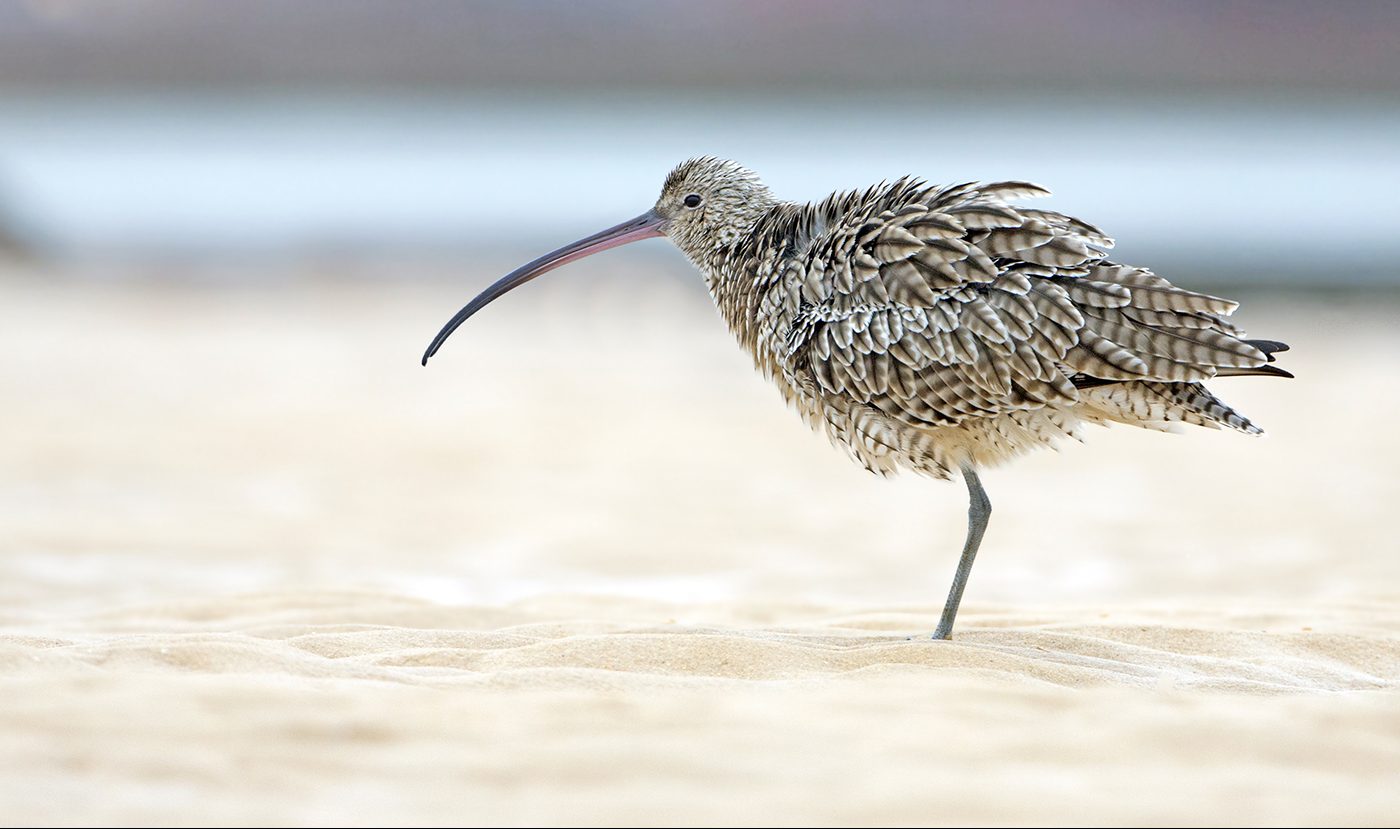Populations of iconic birds that spend most of the year in Australia have been declining for decades, despite conservation efforts. A new study has revealed a major hurdle far from the birds’ Australian habitat—a problem that can’t be solved through science alone.
“We’ve seen bird populations plummeting in Australia,” says Colin Studds, “but the thing affecting their populations is actually happening thousands of miles away in China.”
Studds, assistant professor of geography and environmental systems at UMBC, shows in a new study in Nature Communications that a critical factor in the shorebirds’ decline is how dependent they are on mudflats in the Yellow Sea, between China and South Korea, during migration.
The shorebirds, including species of godwit, curlew, and sandpiper, are “cultural keystones” in Asia, says Studds, and some are found nowhere else in the world. “They’re so visible they help people understand biodiversity loss, which in this case happens across borders.”
Many of the birds follow a migratory path from their non-breeding grounds in Australia to breeding sites in the Arctic, via rest stops in the Yellow Sea—a corridor known as the East Asian Australasian Flyway (EAAF).
“These birds may spend several weeks refueling before they continue their migration,” says Studds. Scientists have long believed that degradation in the quality of stopover sites could be related to population declines, but, Studds says, “There was no smoking gun.”
Studds’ new study provides one. He analyzed citizen science data collected between 1993 and 2012 on 10 key species to see if a relationship emerged between reliance on the Yellow Sea as a migration stopover and rate of population decline. What he found was dramatic. The more a species relied on the Yellow Sea mudflats, the faster they were declining. Even though the birds only spend 1-2 months of the year at the mudflats, it was the most important factor in determining the population trend, Studds found.
As a researcher, Studds seeks “to understand what influences population trends of migratory animals,” he says, with a particular focus on the effects of changing land use and climate. “For different species, a different part of the year may be the key part of whether their populations rise or fall.”
Collaboration among scientists was critical for the success of the study, Studds emphasizes. The work that led to this result “started over 40 years ago, when people had the vision and anticipated the need to count birds across the entire continent,” he shared. “It’s only that prescience that allowed us to answer this really important question.”
The birds need protection, but implementing conservation policy can prove difficult, Studds notes. “There are multilateral agreements in place on paper”—most notably the EAAF Partnership, a grouping of 36 governments and other organizations, but the pace of change on the ground is frustratingly slow,” he explains.
The results of Studds’ study stress the need for international cooperation, despite these challenges. “If we’re going to halt these declines and hopefully someday reverse them,” he says, “it will take commitment from all the countries involved.”
Image: An Eastern Curlew; photo Dan Weller.




